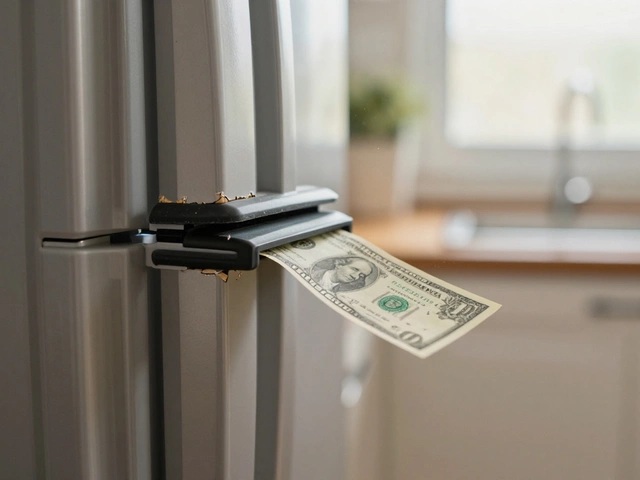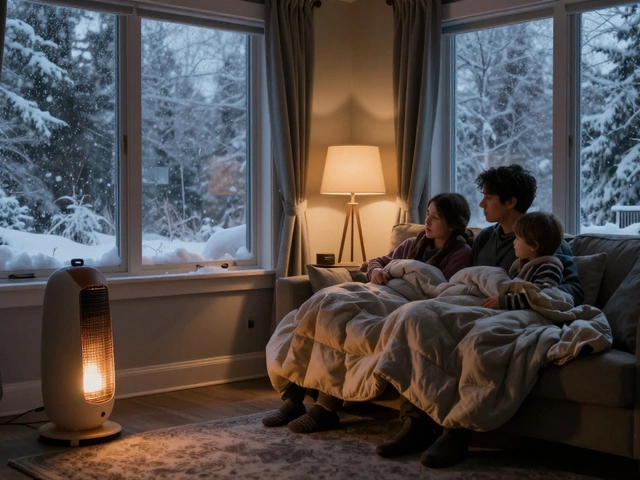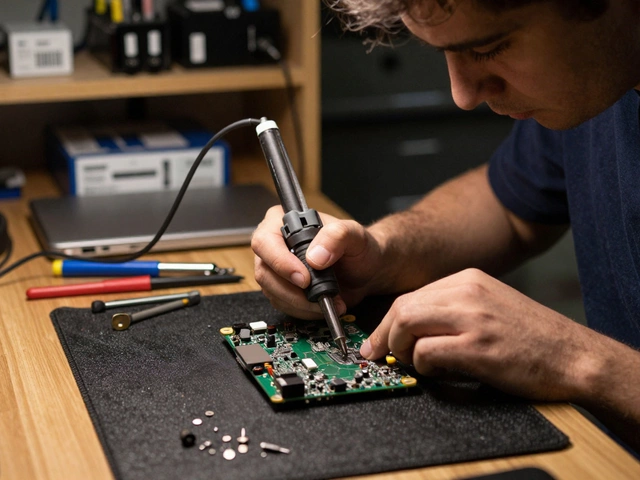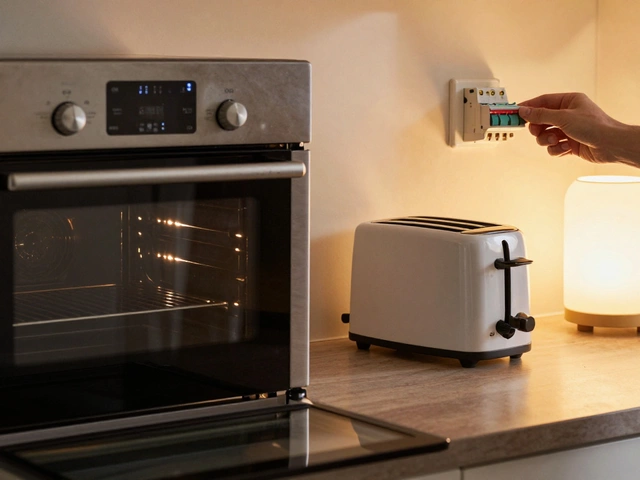Freezer Not Freezing? Quick Fixes and What to Check First
If you open your freezer and see a half‑melted mess, you’re probably wondering why it’s not staying cold. The good news is that many freezer problems are easy to spot and fix yourself. Below you’ll find the most common culprits and step‑by‑step fixes that can save you a call‑out.
Common reasons why a freezer won’t freeze
First, think about the basics. A freezer needs power, proper temperature settings, and good airflow. If any of those are off, the unit will struggle to stay frozen.
- Power issues. Check that the plug is secure and the circuit breaker hasn’t tripped. A loose plug or a blown fuse can make the freezer act like it’s dead.
- Thermostat set too warm. Many freezers have a dial or digital control. If it’s on the “off” or “light” position, the compressor won’t run. Aim for a setting that keeps the interior around -18°C (0°F).
- Door seal problems. A cracked or dirty gasket lets warm air in. Close the door on a piece of paper; if you can pull it out easily, the seal needs cleaning or replacement.
- Blocked vents. Freezers circulate cold air with fans and vents. Stacking food too tightly or covering the vent holes stops the airflow, causing uneven temperatures.
- Condenser coil dust. The coils on the back or bottom of the unit reject heat. A layer of dust makes the compressor work harder and can shut it down.
- Faulty start relay or compressor. If you hear a clicking sound but the motor never kicks in, the start relay may be bad. This usually needs a professional’s eye.
Quick fixes you can try at home
Now that you know what to look for, try these simple steps before calling a tech.
- Reset the freezer. Unplug it for two minutes, then plug it back in. This can clear minor electronic glitches.
- Adjust the temperature. Set the dial to the middle of the cold range and give the unit a few hours to stabilize.
- Clean the door seal. Warm, soapy water and a soft cloth will remove grime. For tougher cracks, replace the gasket – they’re cheap and fit most models.
- Rearrange the contents. Make sure nothing blocks the vents. Keep a gap of at least two inches between items and the walls.
- Vacuum the condenser coils. Use a brush attachment to sweep away dust. Do this once a year to keep the compressor running efficiently.
- Check the freezer’s level. If it’s tipping forward, the door may not seal properly. Adjust the feet until it’s level.
If these steps don’t bring the temperature down, it’s time to call a professional. Issues like a failed thermostat, a broken compressor, or a refrigerant leak need specialist tools and certification.
Remember, regular maintenance prevents most freezing failures. Wipe the door gasket monthly, clean the coils yearly, and avoid over‑packing. A well‑cared freezer stays colder longer and saves you money on your electricity bill.
Got a freezer that still won’t freeze after trying these tips? Reach out to Weymouth Appliance Repair Services. Our technicians know how to diagnose hidden faults quickly and get your freezer back to full power without breaking the bank.
How Much Does It Cost to Fix a Freezer That Won’t Freeze?
- Alden Wilder
- Apr 4 2025
- 0 Comments
Got a freezer that's not doing its main job? Fixing a freezer that refuses to freeze often requires identifying the specific problem, which can range from simple thermostat issues to compressor failures. Costs vary based on the problem's complexity, with quick fixes being fairly affordable, while more serious mechanical issues may stretch your budget. Understanding some common causes and typical repair costs can help you decide your next steps. Before you call the pros, learn about potential fixes you could try yourself, saving both time and money.
View More




